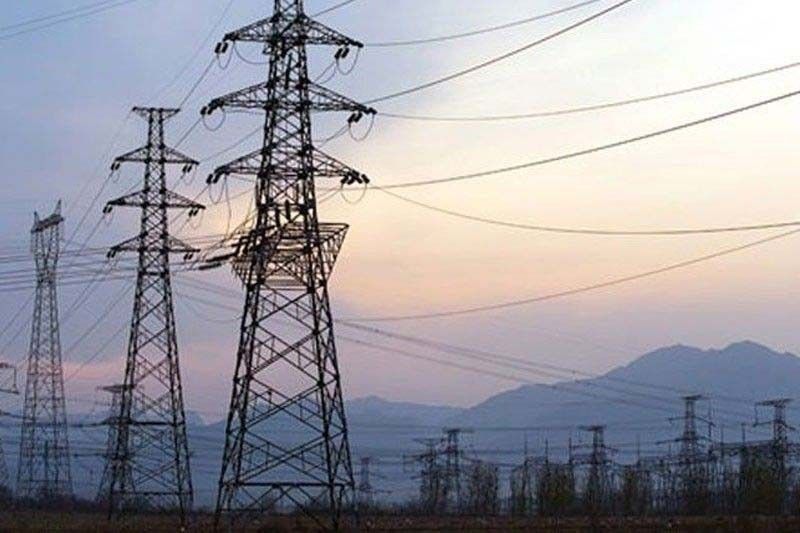Dry season capacity additions to power grid seen topping 300 MW

THE Department of Energy (DoE) said it is expecting more than 300 megawatts (MW) of additional capacity from various facilities to come online during the dry months.
“We see that we will have approximately more than 300 megawatts of additional supply of electricity. These power plants will enter operations this summer,” Energy Assistant Secretary Mario C. Marasigan said on government network PTV.
The new facilities include a coal-fired project with output of about 150 MW. The rest will be supplied by renewables like solar energy, biomass, and hydropower, he said.
Mr. Marasigan said that the DoE is helping the system operator, the National Grid Corp. of the Philippines (NGCP), with all the issues and concerns surrounding its interconnection projects.
He said that the DoE received assurances from the NGCP that the Cebu-Negros-Panay project’s stage 3 (CNP3) is operating at full transfer capacity.
“This means that we have an additional 400 megawatts of transfer capacity brought by the new line built by our system operator and transmission network provider,” Mr. Marasigan said.
CNP3 will link the islands of Negros and Cebu via overhead lines from Bacolod City to San Carlos City in Negros Occidental and a submarine cable to Toledo City in Cebu.
While the DoE has said that it is forecasting yellow alerts in April and May, Mr. Marasigan said the power supply balance will not deteriorate to an outright shortage.
“In our monitoring and assessment, we have not seen a shortage yet in electricity supply and our demand has not yet reached our projected peak demand for this year,” he said.
Currently, the Luzon grid has an operating margin of 2,000 MW while the Visayas and Mindanao has a gap of around 200-500 MW.
With El Niño showing signs of weakening, as reported by the government weather service, known as PAGASA (Philippine Atmospheric, Geophysical and Astronomical Services Administration), Mr. Marasigan said that hydropower plants are expected to return soon from preventive maintenance.
Rainfall will bring additional water, enabling hydropower plants to generate more power, he said. — Sheldeen Joy Talavera



